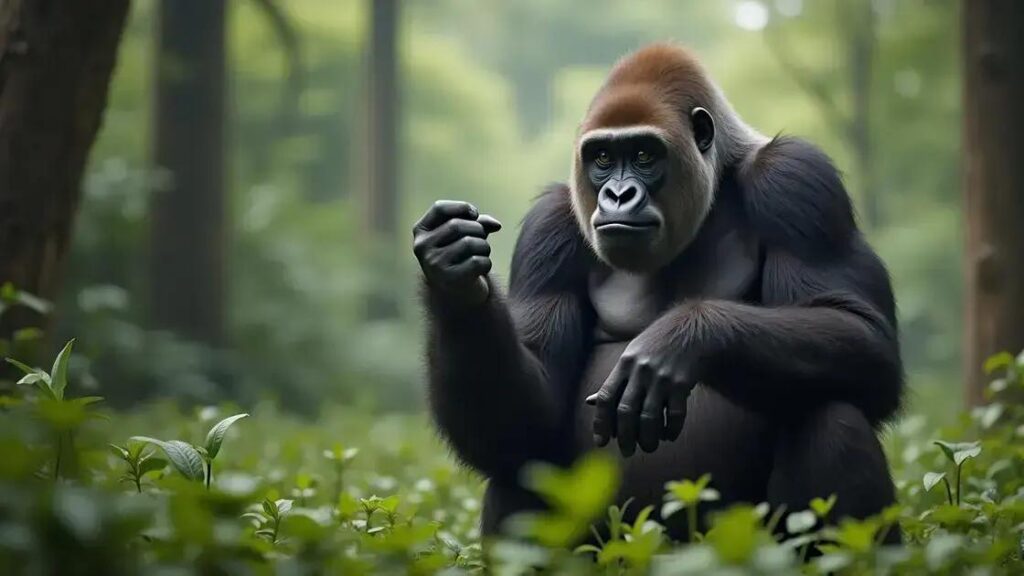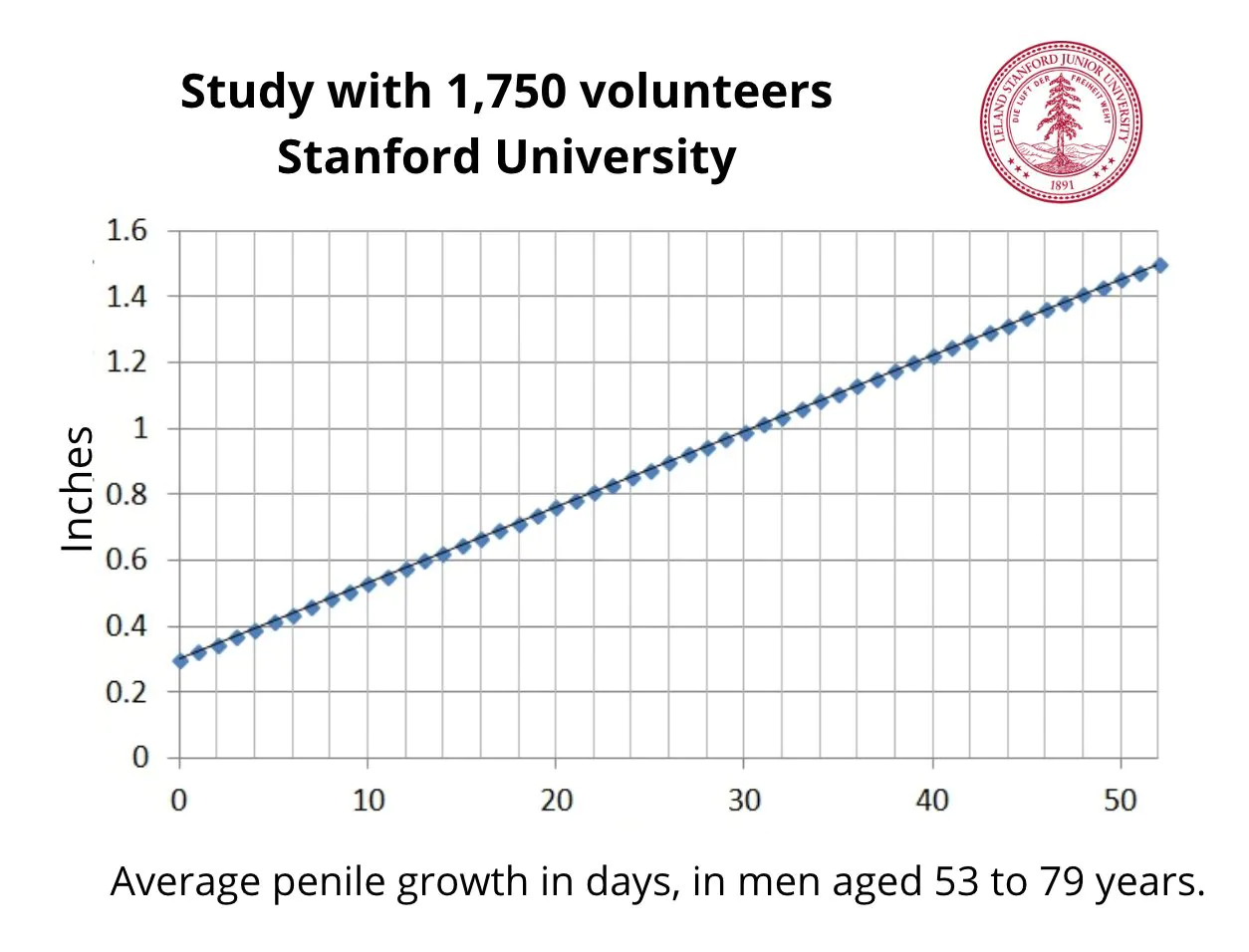The Gorilla Trick phenomenon reveals gorillas’ remarkable intelligence through tool use and complex communication. Recent research emphasizes the importance of understanding their behavior for effective conservation strategies, promoting eco-tourism, and educating local communities to protect their habitats.
Gorilla Trick is a captivating topic that delves into the complexities of primate behavior. Recent studies reveal crucial insights about the cognitive abilities of these magnificent creatures. Understanding their behaviors not only fascinates researchers but also highlights the importance of conservation efforts. In this article, we will explore the Gorilla Trick phenomenon, review key findings from recent research, and discuss its implications for preserving gorilla habitats and ensuring their survival.
Understanding the Gorilla Trick Phenomenon

The Gorilla Trick phenomenon refers to the intricate behaviors exhibited by gorillas that demonstrate their advanced cognitive abilities. These tricks are not only fascinating but also reveal the complexities of their social structures and interactions within their groups.
Defining the Gorilla Trick
A Gorilla Trick can manifest in various forms, from tool use to complex communication and problem-solving skills. Researchers have identified numerous instances where gorillas use objects in their environment to achieve specific goals, showcasing their intelligence.
Social Learning Among Gorillas
Studying how gorillas learn these tricks is equally essential. They often observe and imitate others, indicating that social learning plays a crucial role in their behavior. This mimetic process highlights their ability to adapt to environmental challenges and enhance their survival skills.
Significance of the Gorilla Trick
Understanding the Gorilla Trick phenomenon is vital for appreciating these animals’ intelligence and social structures. By researching these behaviors, scientists can gather insights about cognitive evolution within primates and draw parallels to human development.
Through continuing studies, we can learn more about the emotional and intellectual lives of gorillas, unlocking new understanding on how they navigate complexities in their environment.
Key Findings from Recent Research

Recent research into the Gorilla Trick phenomenon has uncovered several fascinating discoveries that enhance our understanding of gorilla behavior. These studies reveal not only the cognitive skills of gorillas but also the methods they use to communicate and interact with their environment.
Use of Tools
One key finding is that gorillas are capable of using tools in various contexts. For instance, some gorillas have been observed using sticks to access food hidden in difficult places. This ability demonstrates their problem-solving skills and cognitive awareness of how to manipulate their surroundings.
Complex Communication
Another significant discovery is the complexity of gorilla communication. Researchers have identified a range of vocalizations and gestures that gorillas use to convey information to each other. This highlights their social intelligence and the importance of communication within their groups.
Variability in Learning
Studies also indicate variability in learning styles among gorillas. Some individuals are more adept at learning tricks through observation, while others may rely on trial and error. This finding suggests that social structure and individual personalities impact how gorillas acquire new skills.
Through these key findings, researchers are beginning to grasp the intricate world of gorilla behavior and the factors that influence their development and social interactions.
Implications for Conservation Efforts

Understanding the Gorilla Trick phenomenon has significant implications for conservation efforts aimed at protecting these intelligent animals. By learning about their behaviors and cognitive abilities, conservationists can develop more effective strategies to ensure the survival of gorillas in the wild.
Enhancing Habitat Protection
Research shows that gorillas thrive in environments that support their social structures and cognitive needs. Protecting natural habitats from deforestation and human encroachment is essential. Preserving areas where gorillas can practice their learned tricks and engage socially plays a vital role in conserving their populations.
Promoting Eco-Tourism
Finding ways to include gorilla behavior studies in eco-tourism initiatives can benefit conservation. Visitors can learn about the tricks gorillas perform, fostering a deeper appreciation for their intelligence. This awareness can lead to increased funding for conservation programs as tourists are more inclined to support efforts that protect these remarkable creatures.
Educating Local Communities
Educating local communities about the importance of gorillas and their behaviors can lead to better conservation practices. Creating programs that involve locals in monitoring gorilla populations and protecting their habitats ensures that communities value their presence. Understanding gorilla intelligence can foster respect and encourage positive interactions between humans and these animals.
By focusing on the Gorilla Trick phenomenon, conservationists can enhance their approaches, ensuring that gorillas continue to thrive in their natural environments.
Understanding the Significance of Gorilla Research
The exploration of the Gorilla Trick phenomenon unveils the remarkable intelligence and social complexity of these creatures. Through recent studies, we’ve uncovered their ability to use tools, communicate effectively, and learn from one another. These insights highlight the need for continued research and support for conservation efforts.
By understanding gorillas, we can create better strategies to protect their habitats, promote eco-tourism, and educate local communities. Every step taken toward appreciating these behaviors plays a crucial role in ensuring the survival of gorillas in the wild.
It’s essential to advocate for their protection, as their existence is intertwined with the health of our ecosystems. Recognizing the intelligence of gorillas inspires not only conservation efforts but also a deeper respect for wildlife as a whole.
FAQ – Frequently Asked Questions about Gorilla Trick Research
What is the Gorilla Trick phenomenon?
The Gorilla Trick phenomenon refers to the various intelligent behaviors exhibited by gorillas, such as tool use and social learning.
Why is studying gorilla behavior important?
Studying gorilla behavior helps us understand their cognitive abilities and social structures, which is crucial for their conservation.
What key findings have researchers discovered?
Researchers found that gorillas use tools, communicate in complex ways, and show different learning styles based on social influences.
How can this research impact conservation efforts?
Understanding gorilla behavior can help develop better habitat protection strategies, promote eco-tourism, and educate local communities about their importance.
How can local communities support gorilla conservation?
Local communities can support conservation by understanding gorilla behaviors, participating in monitoring programs, and recognizing the value of preserving gorilla habitats.
What role does eco-tourism play in gorilla conservation?
Eco-tourism can provide funding for conservation efforts while educating visitors about gorilla behavior and fostering appreciation for wildlife.












